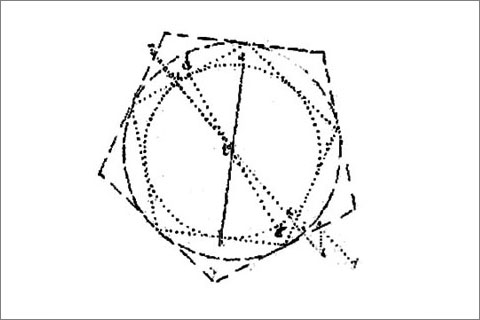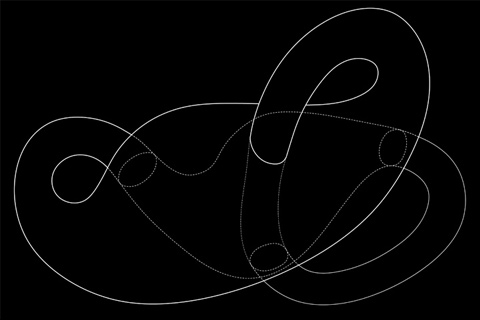
Case 5: The Intellectual Property Issue
December 15th, 2013, 19:00, LEHRTER SIEBZEHN - OPEN | PROJECT | SPACE, Lehrter Straße 17, 10557 Berlin
co-directed by Miodrag Kuč and Jan Bovelet ; edited by Luis Berríos-Negrón
click image to download feuilleton // feuilleton references here
Contributors: Aram Bartholl, Mario Carpo, Gabriella Coleman, Ben Cope, Florian Dombois, Julia Gill, Tim Gough, Lukas Hagel, Alex Head, Anna Kostreva, Jonas Marx, Jonathan Pierini, Gerald Raunig, Carrie Roseland, Gabi Schillig, Florian Sievers, Sebastian Weindauer
image: Gottfried Wilhelm Leibniz, Leib-Seele-Pentagramm, drawing ca. 1663, Thomasius 1661, Niedersächsische Landesbibliothek, Hannover, Leibn. Marg. 32, from Horst Bredekamp, Die Fenster der Monade: Leibniz' Theater der Natur und Kunst, Berlin, Akademie Verlag, 2008, p.18
The issue of intellectual property has gained new momentum with the dawn of the digital habitat. Good half a millennium ago, not long before the printing press was invented and put to work, the architect Leon Alberti Battista introduced methods for the identical reproduction of drawings as a way to protect his original designs from the distortions through analogue reproduction. Today, in an ever expanding collective immersion in identically reproducible things – there is nothing in the digital habitat that can’t be copied –, tables have turned. If everything can be copied, originality and the expression of authorship change their position in cultural topology – a change that has massive impacts on the concept of intellectual property in the whole spectrum of our ways of dealing with reality.
The turn bears tremendous implications for the formation of the emerging digital global societies. Post-Snowden, we only slowly begin to understand how the digitalization of everything is affecting our day-to-day reality and the Gestaltung of urban spaces. In Case 5: The Intellectual Property Issue, The Anxious Prop sets out to launch a public complot to intervene in the issue of intellectual property in the digital habitat by way of a collective public intervention and a new edition of the AXP feuilleton.


